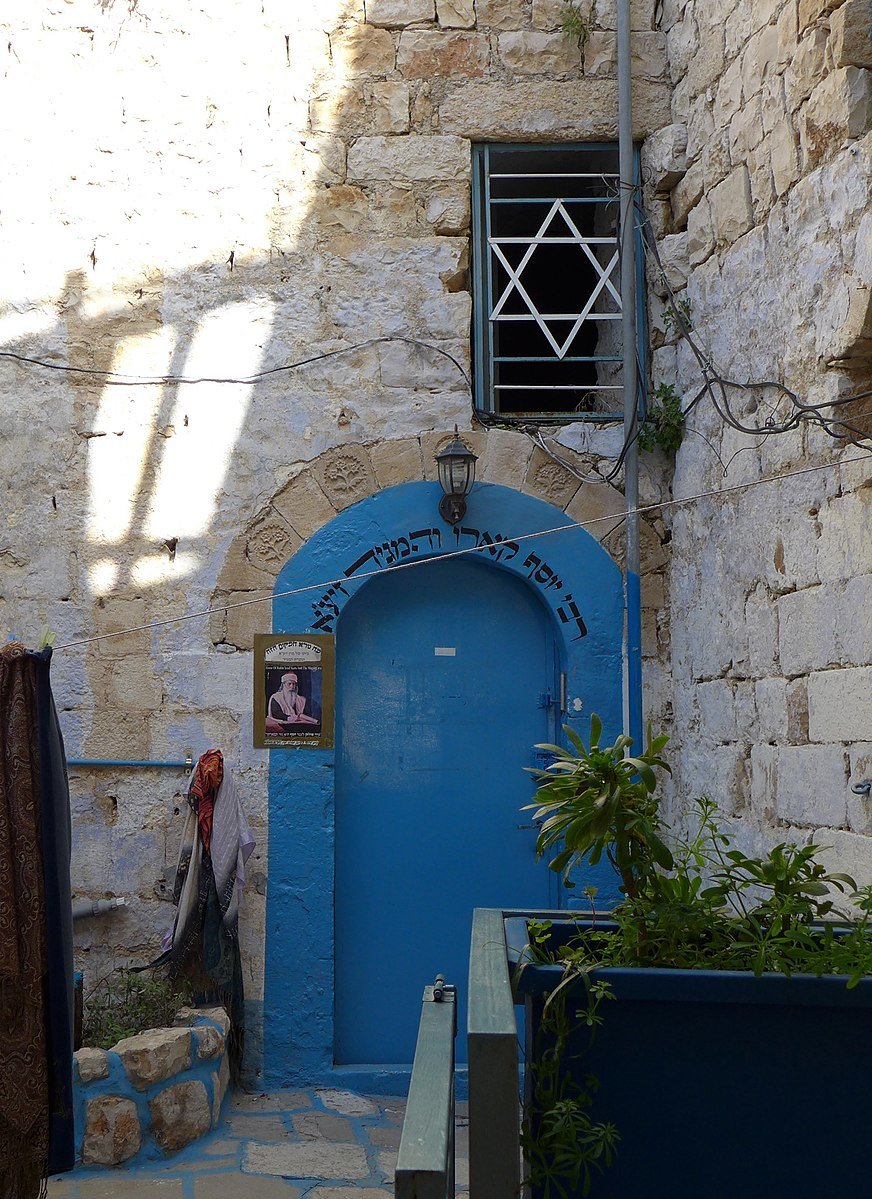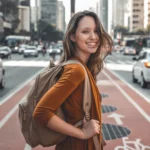
Safed is a city in the Galilee region of Israel. It is one of the oldest Jewish learning and spirituality centers and home to the Kabbalah movement. Located at an altitude of 900 meters (2,953 ft), Safed is the highest city in Galilee and arguably in Israel. It is the birthplace of Lurianic Kabbalah and one of the main bastions for Torah study during the centuries of Ottoman rule.
Along with Hebron, Tiberias, and of course Jerusalem, it is one of the four holiest cities in Judaism. While there are many stories about when it was founded and by whom, it truly grew to prominence in the late 15th century when it became a refuge for Jews fleeing the Spanish Inquisition. Safed is a quaint city in the north of Israel. In more recent times, thanks to its beautiful setting surrounded by pine forests and its agreeable mild summers, Safed has developed into a summer holiday spot much frequented by Israelis and also foreign visitors.
It has also become popular as an artists’ colony apart from its religious significance, its nature, and its pleasant summers. Before 1948, most of Safed’s Jewish population used to live in the northern section of the old city. Home to 32 synagogues, it is referred to as the synagogue quarter and includes synagogues named after prominent rabbis from within the town. These include the Abuhav, Alsheich, Caro, and two named for Rabbi Isaac Luria: one Ashkenazi and the other Sephardi. Some of the old, beautiful, and unique synagogues in Safed are rather famous world-wide among the Jewish community. These include: The Ari Ashkenaz and the Ari Sephard synagogues, which are both in memory of Rabbi Isaac Luria.

The Ari Ashkenaz is normally open for visitors on weekdays and boasts an ornate ark. The Ari Sephard synagogue is only open for prayers on the Sabbath. The “Abuhav” synagogue is probably the most unique, beautiful, and well-known out of the rest. Built in the 1490’s, it was built according to the ballistic architectural and spiritual beliefs. Established in the 16th century, the “Caro” synagogue is another popular landmark. It sits on a yeshiva run by one of the chief rabbis of Sefad and a compiler of the Shulchan Aruch, a book of Jewish law. These synagogues, along with many others located in Safed, follow Sephardic traditions. Most synagogues around not only the country but also the world expect all visitors to be dressed appropriately. This means one must have legs covered (no shorts or short skirts), no bare shoulders/upper arms, and all men must cover their heads. (Synagogue personnel provides head covers as well as shawls for travelers who come to visit the sites).

During the 1950s and 1960s, Safed was known as Israel’s art capital. An artists’ colony established in the old Arab quarter was a hub of creativity that drew artists from around the country. Among them include Yitzhak Frenkel, Yosl Bergner, Moshe Castel, Menachem Shemi, Shimshon Holzman, and Rolly Sheffer. In honor of the 1953 opening of the Glitzenstein Art Museum, artist Mane Katz donated eight of his paintings to the city. Today the area contains a large number of galleries and workshops run by individual artists and art vendors. Some several museums and galleries function in the historical homes of major Israeli artists such as the Frenkel Frenel Museum and the Beit Castel gallery.
Rabbi Yossef Karo is a well renowned figure who has strong ties to Sefad and greatly contributed to life there throughout the 16th century. He learned from both his father and his uncle for nineteen years and was quickly recognized as someone who could dig into the intricacies of Torah learning and solve Torah and Jewish law problems. He was often posed with Jewish law questions and his insights and advice became well known throughout the Jewish community.

In 1537, Rabbi Karo moved to Safed where he started a large Yeshiva. Students from all over came to learn Torah and looked up to Karo as he was a admired mentor to many regarding Jewish law. He completed writing both “Beit Yosef” and “Shulchan Aruch”, which became very important to the Jewish people. These works include all of the laws and customs of Judaism and help to show what a knowledgeableand respected man he was.

